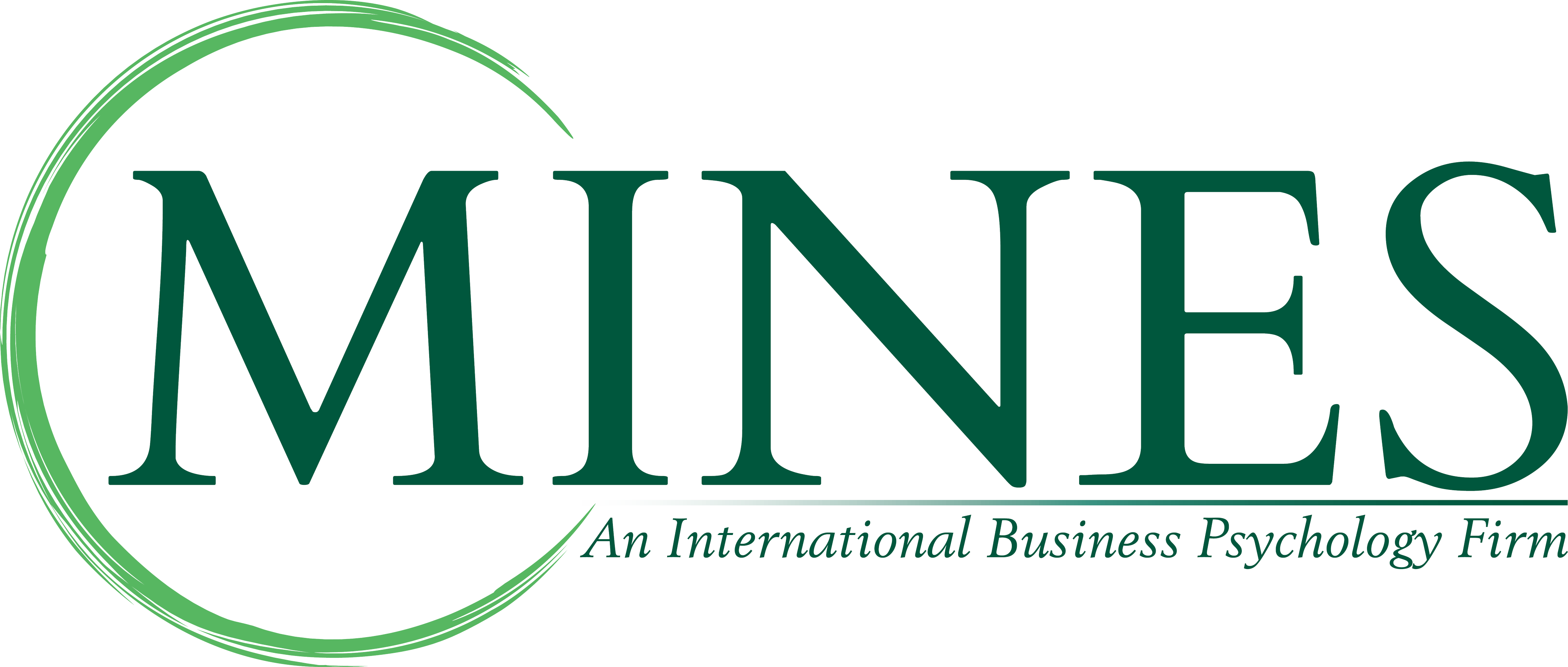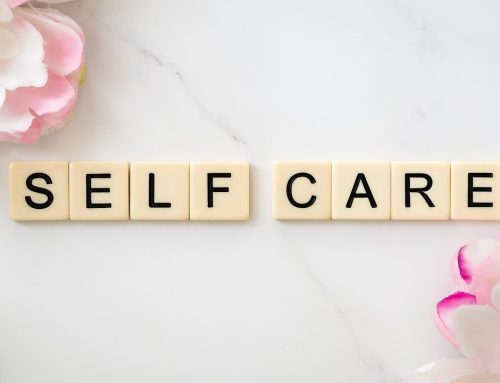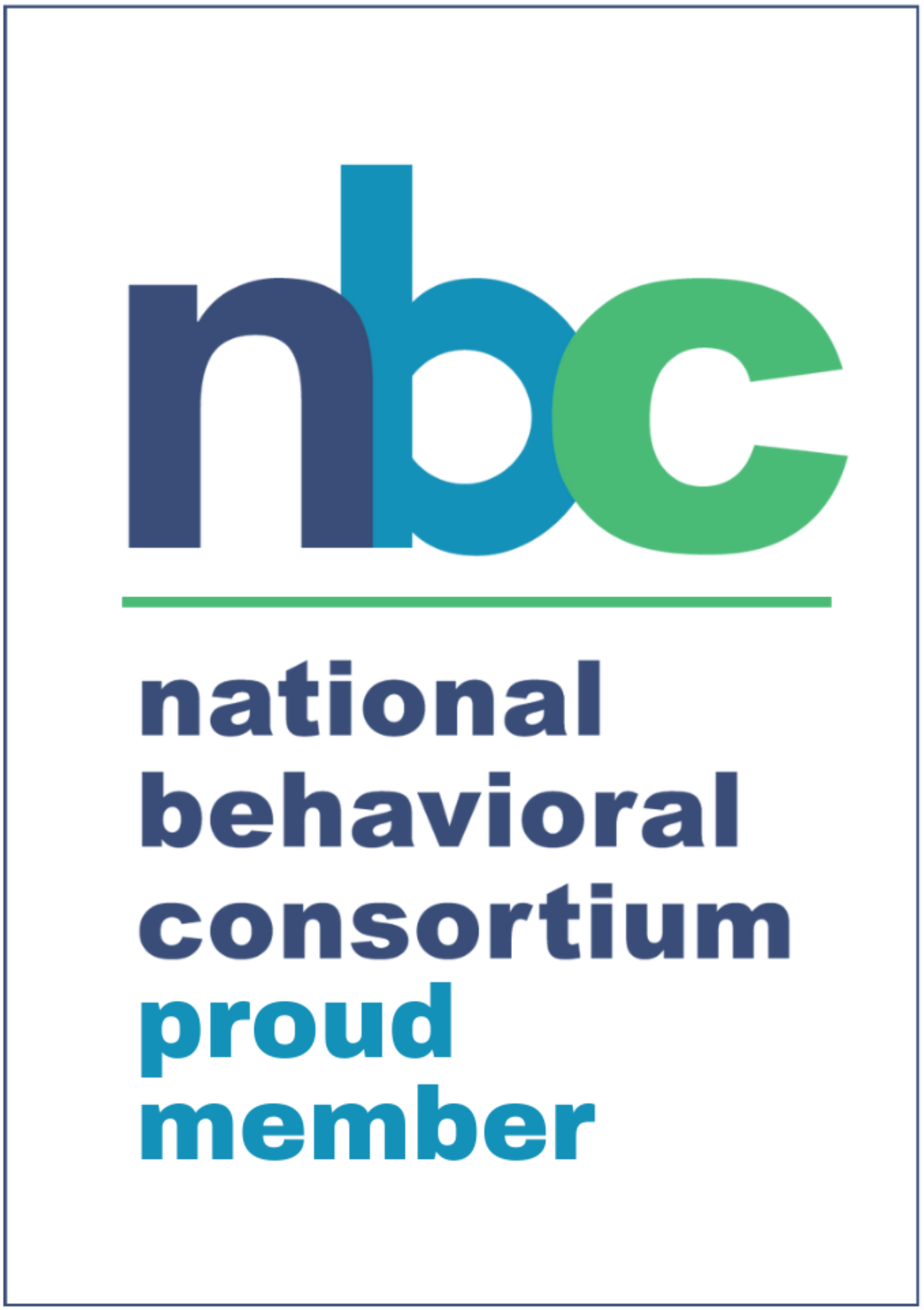 Emoji-Mania
Emoji-Mania
Today marks the release of the Emoji Movie. Reviews have been less than great, but love it or hate it, the movie’s central theme marks an interesting part of today’s communication methods and a sort of cultural phenomenon, the Emoji. Emojis have been around in Japan since the late 1990s but it wasn’t until 2013 when Emojis became available in all operating systems for phones and computers (https://en.wikipedia.org/wiki/Emoji). Emoji characters have led the charge for expressing oneself through pictures and being able to show how you are feeling depending on the situation.
This phenomenon has expanded into musicals (Emojiland), into TV shows, like Doctor Who’s episode “Smile”, and they are now even on the big screen with The Emoji Movie today.
Emoji-Speak
Emoji characters can say a lot in one character. You are able to express your inner feelings or use the secret Emoji language to ask things. The psychology behind this is fascinating and it will be interesting to see how pop culture will continue to influence these characters. You can instantly let someone know you are not happy with them and that email you sent that could be interpreted a few ways, really only should be interpreted in the fashion of the emoji sent.
Emoji-Evolution
One really interesting thing about emojis is how they have evolved to reflect the increasingly complex and nuanced use of emojis over time. What started as an inventory of simple smiley faces and objects have expanded into thousands of specific images representative of the population and communication styles that utilize them. We can see this in the ever-increasing inventory of emojis meant to represent various ethnicities, religions, occupations, and even sexual orientation. You can now find almost any combination of family structure and romantic couple in emoji form. On top of that, the different food emojis have expanded to include exotic and uncommon foods, a plethora of fruits and veggies, and of course the ever-popular pizza and burger icons. And that only scratches the surface when you look at the overwhelming number of facial expressions/smileys, animal variations, transportation, country flags, and event icons.
Emoji-Symbolism
Not only have the number of emojis increased dramatically over time but their use and meaning in the minds of users have as well. Many emojis today carry a meaning other than that of their literal form. For instance, fire or heart emojis can and are used to express love and affection, the various facial expressions carry with them all sorts of context dependent meanings, many icons of inanimate objects and food have a double meaning such as the use of the syringe icon to mean doctor or tattoo, while others carry sexual suggestiveness. Thanks to common use and social visibility of the internet, these double meaning have become widespread and understood, and is used similarly to an icon-based version of slang. But not just slang, slang that can be understood across languages and cultures.
Emoji-Communication
The biggest question is how do emoji characters fit into your work emails and communications. When you text that you are going to be out because you are sick, is using an emoj like the below good enough?

Emoji-Implications
The implications are endless and it will be fascinating to see where our workplace norms in regards to using Emoji characters go. I think the main thing to take away and think about when you are writing a communication, no matter what form that communication is in, is who your audience is and what type of communication it is. If your audience is a business associate outside your company, using an emoji may not be such a great idea. If you are writing a cease letter, you probably shouldn’t use:
Emoji-Conclusions
As you discover and consider the role Emojis play in your life, take the time to discuss it with others around you. It is fascinating to see what the different generations think of emojis and using symbols to show your emotions rather than just stating them. It is not only a great conversation piece and will help your social and intellectual wellbeing, it is a great opportunity to learn from others and think about their perspective to help influence how you will use them in the future.
To your wellbeing,
The MINES Team

 Emoji-Mania
Emoji-Mania










Leave A Comment